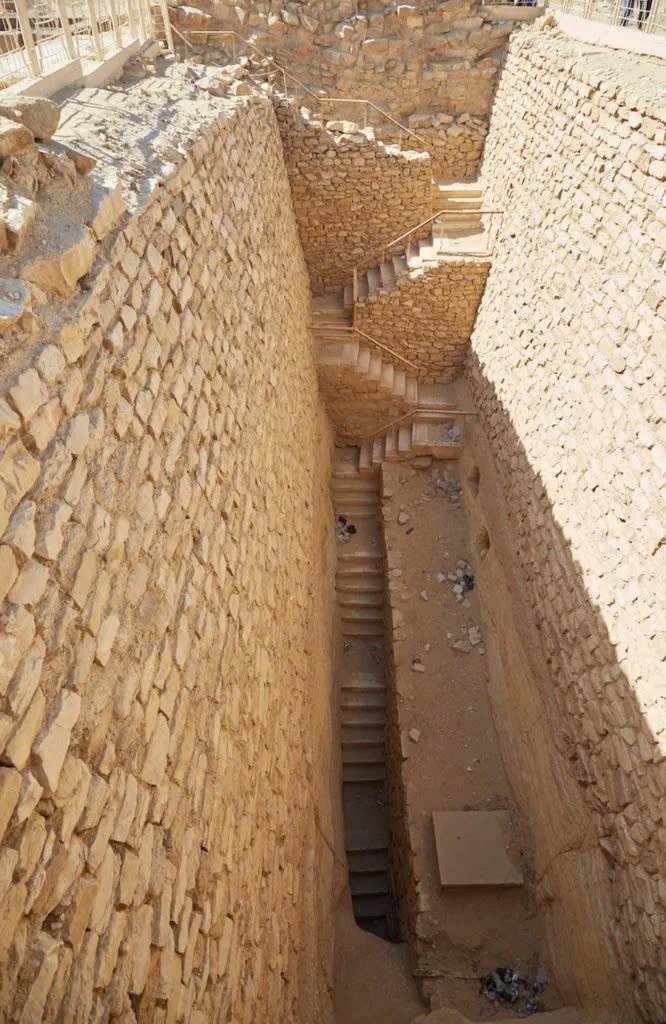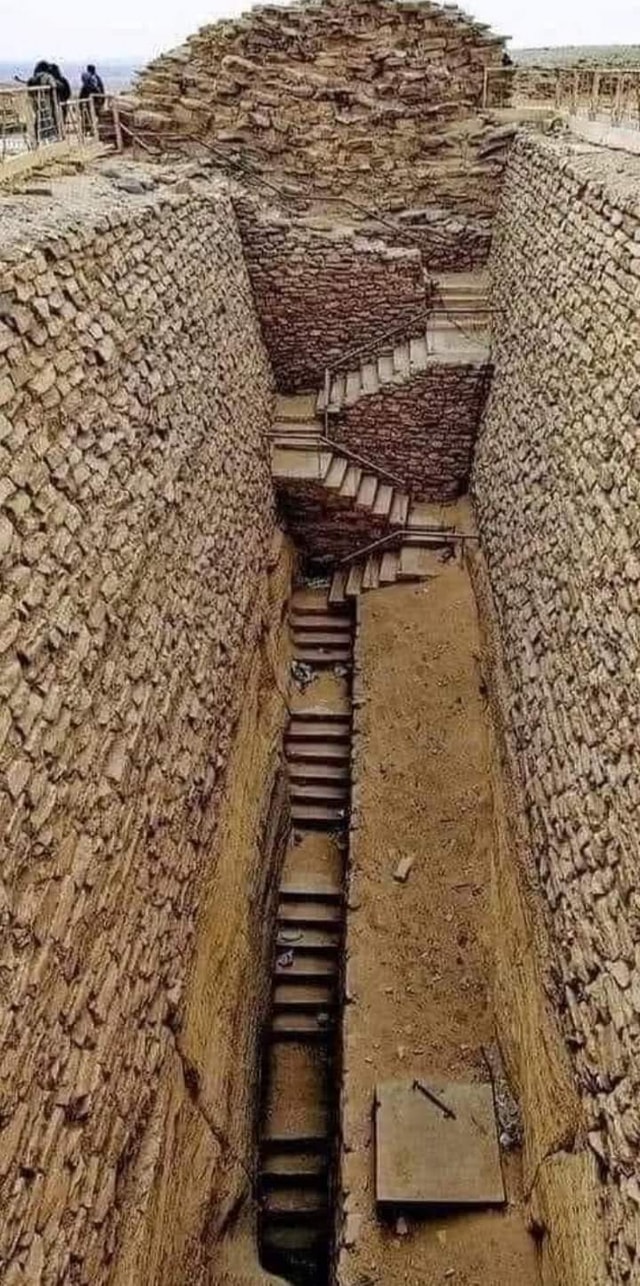In the vast, sun-scorched landscape of Saqqara, a remarkable monument stands as a testament to human ingenuity and spiritual vision. The Stepped Pyramid, crafted over 4,700 years ago, tells a story of innovation, power, and the eternal quest for immortality.
The Birth of a Monumental Vision

Imagine a time when tombs were simple, flat structures called mastabas. Then came Pharaoh Djoser and his brilliant architect Imhotep, who would revolutionize Egyptian architecture forever. Their creation, the Stepped Pyramid, was not just a burial site—it was a bold statement of technological prowess and spiritual belief.
A Stairway to the Divine

The southern staircase of this extraordinary pyramid is more than mere stone and engineering. Each carefully carved step represents the Pharaoh’s metaphorical journey from the mortal world to the realm of gods. It’s a physical manifestation of ancient Egyptian beliefs about life, death, and rebirth.
Engineering Marvel of an Ancient World
Constructing this pyramid was no small feat. Massive stone blocks were precisely cut and placed, demonstrating a profound understanding of geometry and construction techniques far ahead of their time. Imhotep, the first known architect in human history, transformed stone into a language of power and hope.
Symbolism in Every Stone

The pyramid’s six-tiered structure was revolutionary. Each level symbolized more than architectural complexity—it represented the Pharaoh’s ascension, his spiritual transformation. The southern staircase, leading to the mortuary temple, was a sacred path connecting earthly existence with divine immortality.
A Legacy that Transcends Time
Djoser’s pyramid was more than a tomb. It was a blueprint for future generations, inspiring the iconic smooth-sided pyramids of Giza. Imhotep’s vision extended beyond his lifetime, establishing a architectural and cultural legacy that would define Egyptian civilization.
The Immortal Architect
Imhotep himself became a legend. Not just an architect, but a visionary who understood that monuments could transcend physical limitations. His design spoke of continuity, of a ruler’s journey to join the pantheon of gods, ensuring eternal remembrance.
Conclusion: A Timeless Monument

Four thousand seven hundred years later, the Stepped Pyramid continues to inspire awe. It stands as a powerful reminder of human potential—our ability to dream, to create, and to connect with something greater than ourselves.
In those ancient stairs, we see more than stone. We see a civilization’s soul, carved meticulously, reaching toward the infinite.

